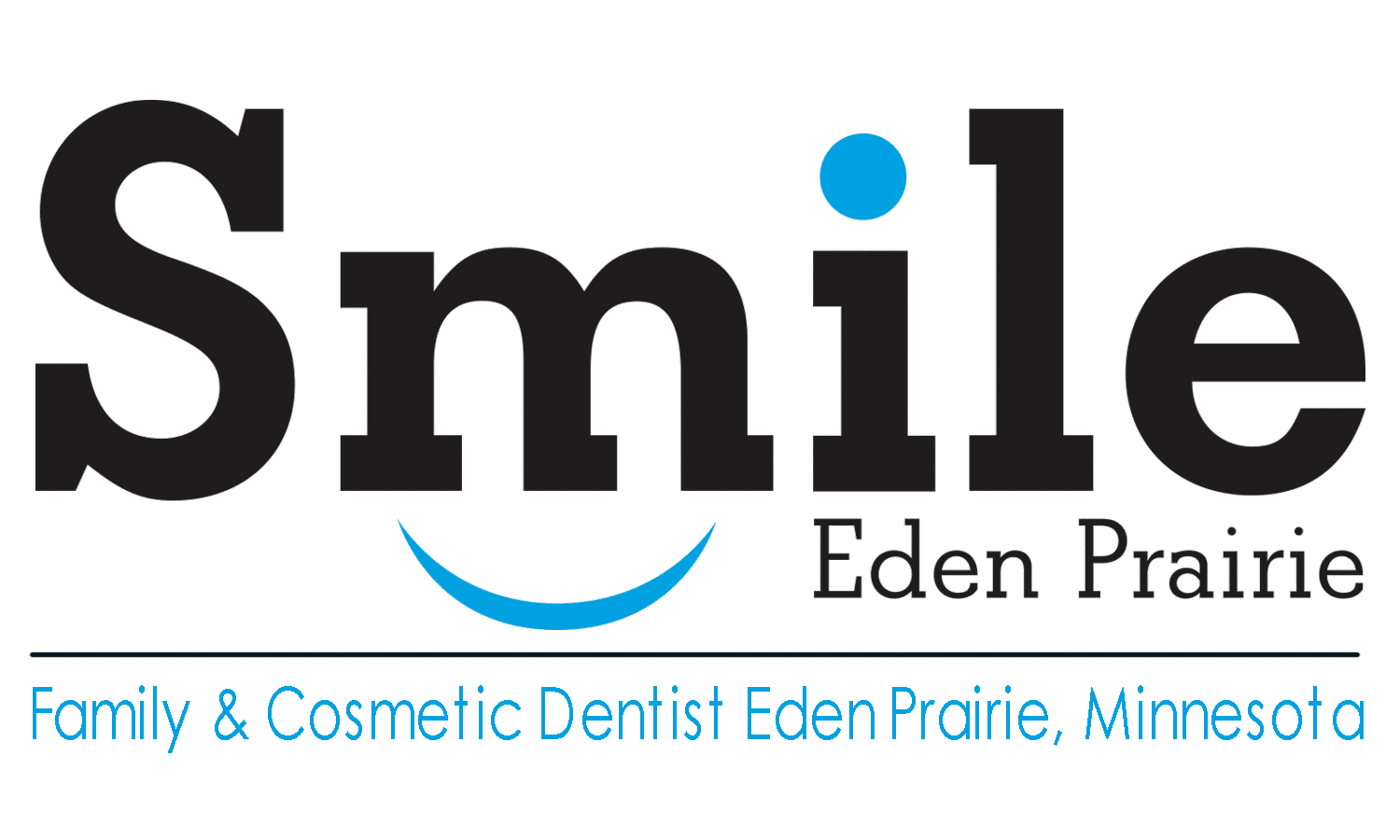General Dentistry Concepts: Xerostomia
Xerostomia, or dry mouth, is chronic dryness of the mouth. It is sometimes associated with a change in the composition of saliva, reduced flow of saliva, medication or can have no known cause.
The presence of dry mouth is very common and often a side effect of various types of medication. It is more prevalent in older people. This may be a result of this group taking more medications than others. Dry mouth is also common in people who breathe through their mouths. Dehydration, radiotherapy which involves the salivary glands, chemotherapy and several other diseases can result in reduced salivation or a change in the consistency of saliva. As a result, the patients complain of the presence of xerostomia. Sometimes there is no known cause for the presence of a dry mouth.
Xerostomia is the feeling of having a dry mouth. This is often associated with hypofunction of the salivary glands. A drug which help increase the flow of saliva is called a sialogogue.
Hyposalivation is a clinical diagnosis made based on the history and examination of dryness in the mouth. The presence of reduced salivary flow has been given objective definitions. A saliva flow rate in a normal person is 0.3–0.4 ml per minute. A saliva flow rate below 0.1 ml per minute is abnormal. A stimulated saliva flow rate less than 0.5 ml per gland in 5 minutes is low. The term “subjective xerostomia” can be used to describe the symptom in the absence of any clinical evidence of dryness. Xerostomia may also be caused by a change in composition of saliva changing from serous to mucous. Salivary gland dysfunction is a general term that is used for the presence of xerostomia, salivary gland hyposalivation, and hypersalivation.
Signs and symptoms
The following signs and symptoms are common in hyposalivation:
- Dental caries (xerostomia related caries): Without the neutralizing effects of saliva, the risk of tooth decay increases and may progress much more aggressively than it would otherwise. It may also impact tooth surfaces that are not normally impacted. For example, cervical caries and root surface caries. This is common in patients who have had radiotherapy which involve the major salivary glands. This is referred to as radiation-induced caries. As a result, it is critical for any products used in the management of dry mouth to be sugar-free. The presence of sugars in the mouth aid in the growth of oral bacteria. This results in the production of acid and the development of dental caries.
- Acid erosion: Saliva acts as a buffer and helps to prevent the demineralization of teeth.
- Ascending sialadenitis: This involves an infection of the major salivary glands which is usually in the parotid gland, which may be recurrent. It is associated with hyposalivation because bacteria is able to enter the ductal system against the lower flow of saliva. There may also be swollen salivary glands even without acute infection. This is potentially caused by autoimmune involvement.
- Dysgeusia: An altered taste sensation, which can be a metallic taste, and dysosmia, which is an altered sense of smell.
- Intraoral halitosis: This is likely due to the increased activity of halitogenic biofilm on the posterior dorsal tongue. Dysgeusia may cause a complaint of non-genuine halitosis in the absence of hyposalivation.
- Burning mouth syndrome: A burning or tingling sensation present in the mouth.
- Saliva that appears to be thicker than normal.
- Dry mucosa
- Lack of saliva pooling in the floor of the mouth during examination.
